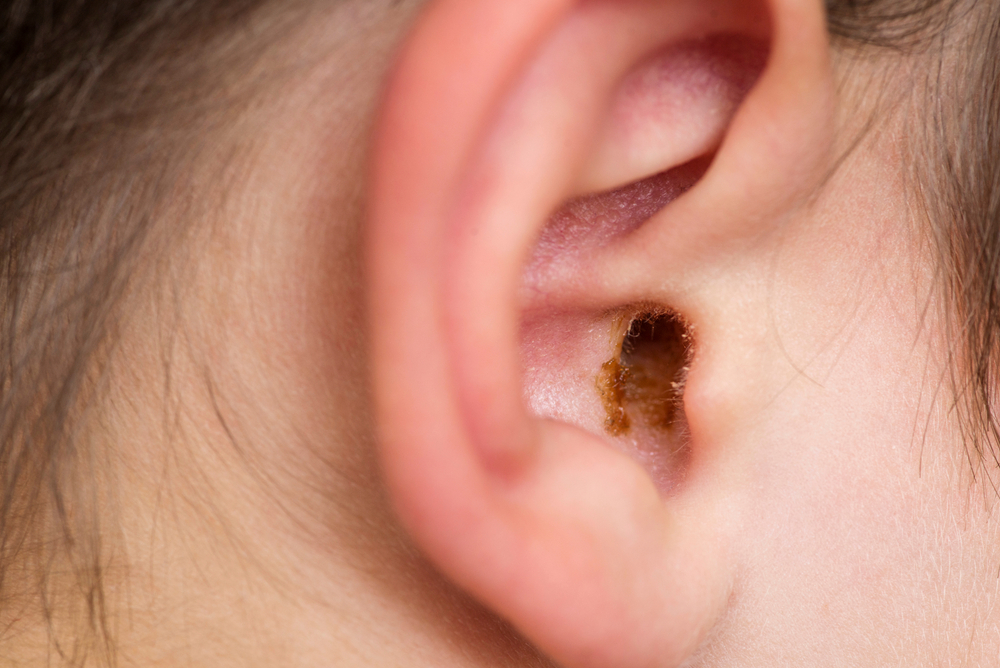
It’s likely that earwax and its buildup haven’t been subjects of extensive contemplation for you, except maybe during ear hygiene routines. Nonetheless, understanding what causes earwax, how it forms, and its purpose is essential.
What initiates the accumulation of earwax?
Earwax, also scientifically called cerumen, is made up of a mix of sweat, skin particles, hair, debris, and ceruminous gland secretions. This earwax presents with a waxy consistency and can exhibit shades of orange, yellow, gray, or brown.
While the production amount of earwax varies from individual to individual, adults usually generate less earwax than children. Moreover, adult earwax is usually darker and harder compared to that of children.
Earwax goes by the outer ear canal leisurely, ultimately reaching the ear opening, where it either self-expels or gets washed away during bathing.
Why do we need earwax?
Here are a few crucial functions that earwax serves:
- Before things such as dust, dirt, or other outside debris get further up into the ear canal, earwax acts as a roadblock.
- Fending off potential infections that might occur within the ear canal.
- Stopping itchiness and dryness by lubricating and protecting the lining of the ear canal.
Earwax obstructions
Impacted earwax is a prevalent problem, but it’s usually the only time you need to worry about it. Impacted earwax can be the result of narrow or unusually shaped ear canals impeding the normal movement of earwax toward the ear’s periphery.
Poor ear hygiene practices, like using cotton swabs or bobby pins, can inadvertently force wax deeper into the ear canal.
People wrestling with hearing loss who make use of earplugs or hearing aids are also predisposed to experiencing ear canal obstructions.
How excessive earwax can affect hearing
The occurrence of earwax blockages may yield slight discomfort and dampen auditory health.
Ringing in the ears, or tinnitus, might also occur.
Acoustic trauma may lead to long-term hearing loss, perforated eardrums, and long-term hearing loss if earwax blockages go ignored.
Addressing impacted earwax
If you suspect an earwax blockage, consulting us quickly is essential. Depending on the extent of the blockage, you might be advised to use over-the-counter wax softening drops or a bulb syringe for gentle irrigation to relieve the condition.
If you’re concerned about your earwax buildup, call us right away to schedule an appointment.